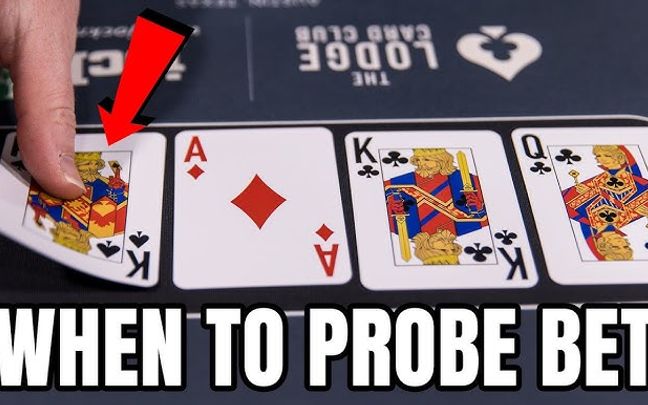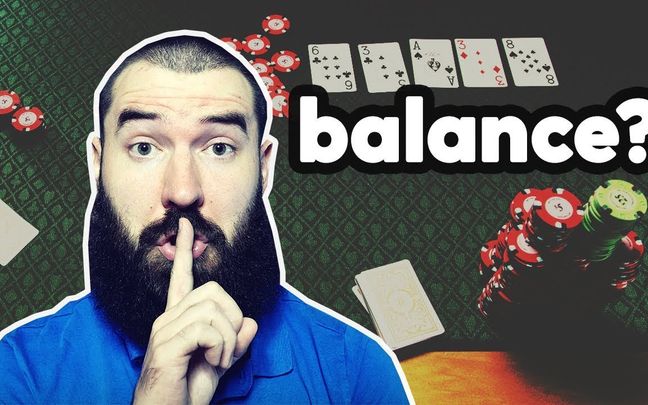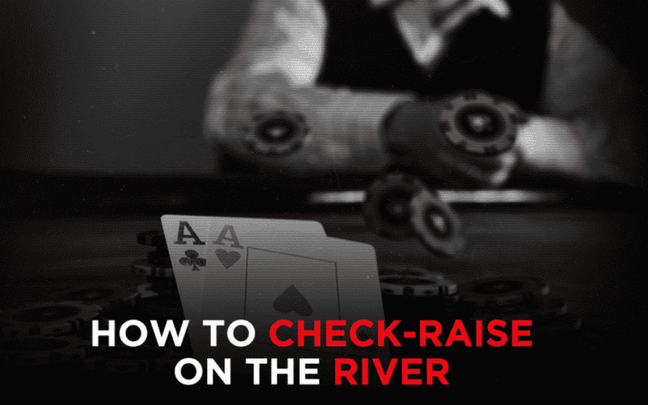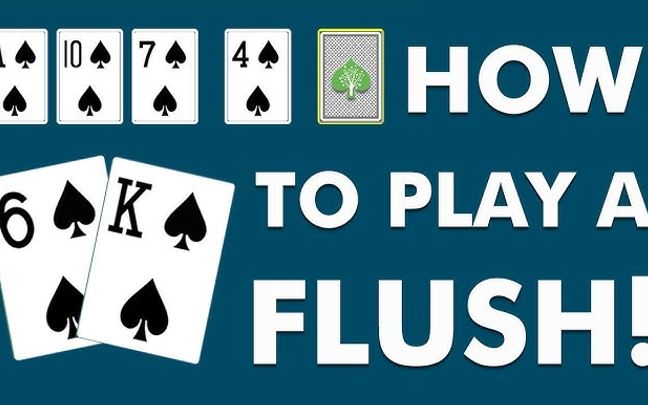One of the most sophisticated and widely-used strategies among poker experts is the Float Play. This approach not only requires a keen ability to read opponents but also demands a strong understanding of psychology and table positioning.
In this article, we will dive deeper into the Float Play strategy, covering everything from its basic concept to practical techniques, along with specific examples to help you better understand how to apply this strategy effectively and increase your chances of winning in poker games.

What is Float Play in Poker?
Float play in poker is a sophisticated strategy that players use to increase their advantage in hands. This technique involves calling a bet on the flop (the initial round of betting) with the intention of stealing the pot later by betting or raising in subsequent rounds. Below is a detailed analysis of the elements and techniques involved in float play in poker.
The Basics of Float Play
Float play occurs when you call an opponent's bet on the flop with a relatively weak hand, intending to take the pot by betting or raising on the turn (the second betting round) or the river (the final betting round). The goal of float play is to exploit your opponent's weakness, typically when they bet on the flop to test the waters or apply pressure without holding a strong hand.
When to Use Float Play
-
Recognizing Opponents Prone to Bluffing or Probe Bets: Float play is most effective against opponents who frequently bet on the flop but often give up on the turn if they don’t have a strong hand.
-
Good Table Position: You should be in a late position (such as cut-off or button) to have the advantage of information and be able to react after your opponent.
-
Reading Your Opponent’s Hand: When you suspect that your opponent is merely trying to steal the pot with a weak bet on the flop, float play becomes an ideal strategy.
Specific Float Play Techniques
-
Calling on the Flop:
-
When your opponent bets on the flop and you sense that they may not have a strong hand, simply call the bet. This puts psychological pressure on your opponent, making them second-guess the strength of your hand.
-
Your hand doesn't need to be strong, but you should have potential to improve your hand or at least some outs (potential cards) that could make your hand stronger.
-
Betting or Raising on the Turn:
-
If your opponent checks on the turn, you should make a strong bet to apply pressure and force them to fold if they don’t have a strong hand.
-
If your opponent makes a weak or probing bet on the turn, you can raise to represent a strong hand, forcing your opponent into a tough decision.
Psychological Factors and Reading Opponents
-
Reading Body Language and Expressions: In live poker games, observing your opponent’s reactions after each card is dealt can provide valuable insights into the strength of their hand.
-
Understanding Betting History: Knowing how your opponent has bet in similar situations before can help you determine whether they are bluffing or holding a strong hand.
-
Betting Patterns: Some opponents have clear habits about how much they bet with strong or weak hands. Recognizing and exploiting these patterns is key to successfully executing float play.
Risks and Rewards of Float Play
Rewards:
-
Stealing Large Pots: This strategy can help you win big pots without needing a strong hand.
-
Building an Aggressive Image: When opponents see you frequently betting and raising, they may become more cautious, giving you more opportunities to exploit them.
-
Applying Pressure: You can force opponents into making mistakes by putting them in difficult situations with big decisions.
Risks:
-
Getting Caught: If your opponent actually has a strong hand and you fail to recognize it, float play can cost you a lot of chips.
-
Smart Opponents: Skilled players may catch on to your strategy and counter it by making larger bets or playing more defensively.
-
High Cost: Float play requires you to invest chips on the flop and turn, and if unsuccessful, you could lose a significant amount without a strong hand to fall back on.
Float play is a sophisticated poker strategy that requires sharp instincts for reading opponents, a solid understanding of the situation, and the ability to use psychology to your advantage. When executed correctly, float play becomes a powerful tool that allows you to control the table and win important pots. However, you must carefully consider and prepare for unexpected situations, as the risks are always present.

Example of a Successful Float Play
Here is a detailed example of how to successfully use float play in a Texas Hold'em poker hand.
Scenario:
-
You: Player A, positioned on the Button (the last position, with positional advantage).
-
Opponent: Player B, positioned in the Cut-off (just before the Button).
Pre-Flop:
-
Player B: Raises to 3 big blinds with an unspecified hand.
-
You: Decide to call with 7♠ 6♠, a mediocre hand with potential for improvement.
Flop:
-
Flop: Q♦ 9♣ 2♠, a relatively harmless flop that doesn’t significantly benefit either player.
-
Player B: Makes a continuation bet (c-bet) of 5 big blinds. This could indicate a strong hand like Q-x, or simply an attempt to take the pot with a routine continuation bet.
Float Play Begins:
-
You: Decide to call the 5 big blinds despite not having a strong hand, intending to use float play to steal the pot later.
Turn:
-
Turn: 4♦, a card that doesn’t change much in terms of board strength.
-
Player B: Checks, signaling weakness or uncertainty about their hand.
Float Play Action:
-
You: Bet 10 big blinds, capitalizing on your opponent’s perceived weakness.
-
Player B: After some hesitation, folds, lacking the confidence to continue with their hand.
Outcome:
-
You: Successfully steal the pot without needing a strong hand. You win a total of 18 big blinds (3 from pre-flop, 10 from turn, and 5 from flop) without having to show your cards.
Analysis:
-
Pre-Flop: You called with a hand that has potential and is in the Button position, giving you a positional advantage to execute float play.
-
Flop: You called your opponent’s c-bet to see if they would continue to show strength on the turn.
-
Turn: When your opponent checked, you recognized this as a sign of weakness and decided to bet to apply pressure, forcing your opponent to fold.
-
Result: You successfully stole the pot by exploiting your opponent’s weakness, demonstrating the effectiveness of float play.
In this example, the float play was executed successfully by correctly reading the opponent's weakness and using positional advantage to apply pressure. The key to using this strategy effectively is knowing when your opponent is likely weak and when to apply pressure to force them to fold.

Float play is a strategy that not only requires skill and sharpness in reading the situation but also demands finesse in manipulating the opponent's psychology and leveraging positional advantage. When applied correctly, float play can provide significant benefits and help you take control of the poker table.
However, like any other strategy, succeeding with float play requires practice, patience, and a deep understanding of your opponent. By continuing to refine and smartly apply this strategy, you will increasingly enhance your skills and achieve impressive results in poker hands.






















